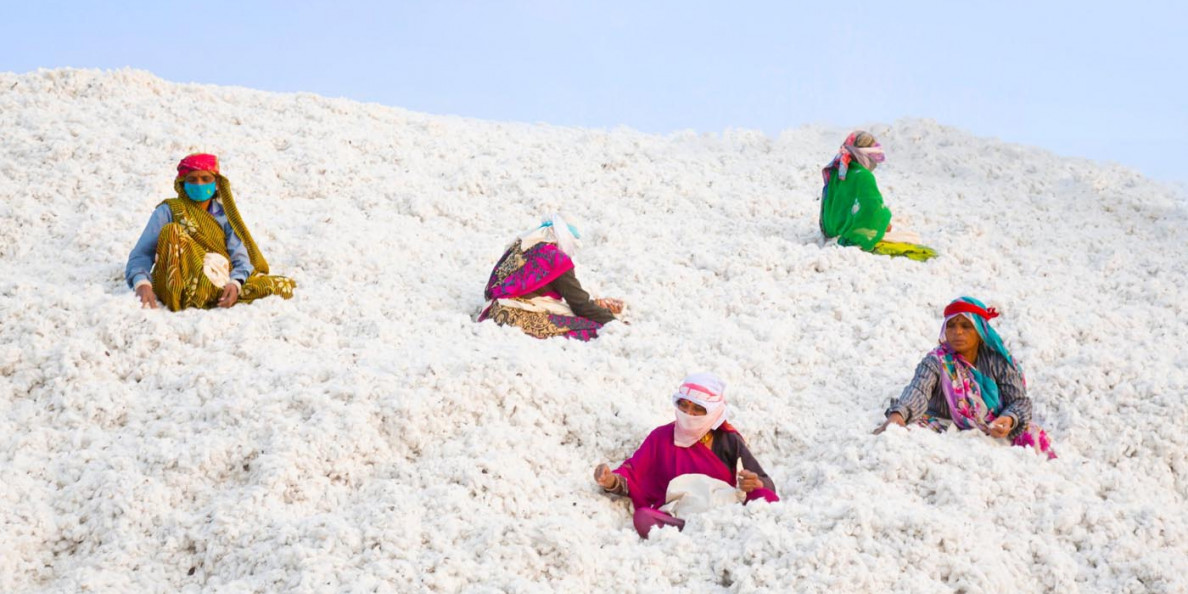By Arpan Varghese and Rajendra Jadhav
- USDA projects 2022-23 Indian exports to fall by 500,000 bales
- In coming months, Indian supplies will fall further- dealer
- Lower India production to tighten global balance sheet- analyst
April 12 (Reuters) - India’s cotton exports are expected to slide sharply for 2022-23 and match imports into the top producer for the first time in about two decades on low domestic stocks among other factors, the United States Department of Agriculture (USDA) said.
In its April World Agricultural Supply and Demand Estimates report released on Tuesday, the USDA projected 2022-23 Indian exports falling by 500,000 bales to 1.8 million, roughly equalling its import forecast.
“Lower domestic supplies, increased demand for foreign long and extra-long staple grades, and the Australia-India Economic Cooperation and Trade Agreement (ECTA) have all supported this recent dynamic,” the USDA said.
The Cotton Association of India (CAI) said in March that Indian stocks could fall to a near two-decade low in 2022-23 as adverse weather curtailed crop yields.
“Indian crop size is far lower than initial estimate. The country is going to produce very small surplus. That’s why local prices are firm and there is no parity for exports,” said a Mumbai-based dealer with a global trade house.
“In coming months, supplies would fall further. Exports won’t gain momentum until new season crop starts from October.”
Although India was forecast to be the third largest exporter globally, projected at about 1.8 million bales in 2022-23, this was still well below the 6.2 million during 2021-22, the USDA said.
“Lower production might tighten the global balance sheet, creating worldwide opportunities and challenges,” said Bailey Thomen, cotton risk management associate at StoneX Group.
“If India does increase imports and we see higher demand, ICE cotton prices might rise. But demand has been slow due to economic conditions.”
Global benchmark U.S. cotton futures prices are on track for a third straight monthly fall and have declined over 1% so far this year on demand concerns.
The CAI had said that lower Indian output could allow rivals such as the U.S., Brazil and Australia to increase cargoes to key Asian buyers such as China and Pakistan, while pushing up local and global prices.
1 bale= 170 kg Reporting by Arpan Varghese and Ashitha Shivaprasad in Bengaluru, Rajendra Jadhav in Mumbai; Editing by Richard Chang


